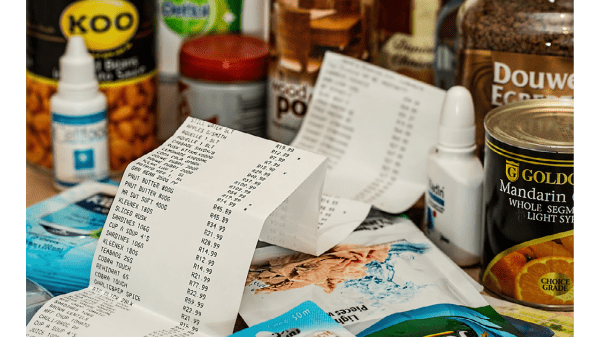The Consumer Price Index for All Urban Consumers (CPI-U) increased 0.5 percent in December on a seasonally adjusted basis after rising 0.8 percent in November, the U.S. Bureau of Labor Statistics reported Jan. 12.
Over the last 12 months, the all items index increased 7.0 percent before seasonal adjustment.
Increases in the indexes for shelter and for used cars and trucks were the largest contributors to the seasonally adjusted all items increase. The food index also contributed, although it increased less than in recent months, rising 0.5 percent in December. The energy index declined in December, ending a long series of increases; it fell 0.4 percent as the indexes for gasoline and natural gas both decreased.
The index for all items less food and energy rose 0.6 percent in December following a 0.5-percent increase in November. This was the sixth time in the last 9 months it has increased at least 0.5 percent. Along with the indexes for shelter and for used cars and trucks, the indexes for household furnishings and operations, apparel, new vehicles, and medical care all increased in December.
As in November, the indexes for motor vehicle insurance and recreation were among the few to decline over the month.
The all items index rose 7.0 percent for the 12 months ending December, the largest 12-month increase since the period ending June 1982. The all items less food and energy index rose 5.5 percent, the largest 12-month change since the period ending February 1991. The energy index rose 29.3 percent over the last year, and the food index increased 6.3 percent.
Food
The food index increased 0.5 percent in December following larger increases in each of the three previous months. The food at home index increased 0.4 percent in December after rising 0.8 percent in November. Five of the six major grocery store food group indexes increased in December.
The index for fruits and vegetables increased the most, rising 0.9 percent over the month as the index for fresh fruits increased 1.8 percent. The index for nonalcoholic beverages rose 0.8 percent in December, and the index for dairy and related products increased 0.7 percent.
The index for other food at home rose 0.6 percent, and the index for cereals and bakery products increased 0.4 percent over the month.
The index for meats, poultry, fish, and eggs declined in December, falling 0.4 percent after rising at least 0.7 percent in each of the last 7 months. The indexes for beef (-2.0 percent) and pork (-0.8 percent) declined after recent sharp increases.
The food away from home index rose 0.6 percent in December, the same increase as in November. The index for full service meals rose 0.8 percent, and the index for limited service meals advanced 0.6 percent over the month.
The food at home index rose 6.5 percent over the last 12 months; this compares to a 1.5-percent annual increase over the last 10 years. All of the six major grocery store food group indexes increased over the period.
By far the largest increase was that of the index for meats, poultry, fish, and eggs, which rose 12.5 percent over the year despite falling in December. The index for dairy and related products increased 1.6 percent, the smallest increase among the groups.
The index for food away from home rose 6.0 percent over the last year, the largest increase since January 1982. The index for limited service meals rose 8.0 percent over the last 12 months, and the index for full service meals rose 6.6 percent. The index for food at employee sites and schools, in contrast, declined 49.3 percent over the past 12 months, reflecting widespread free lunch programs.



